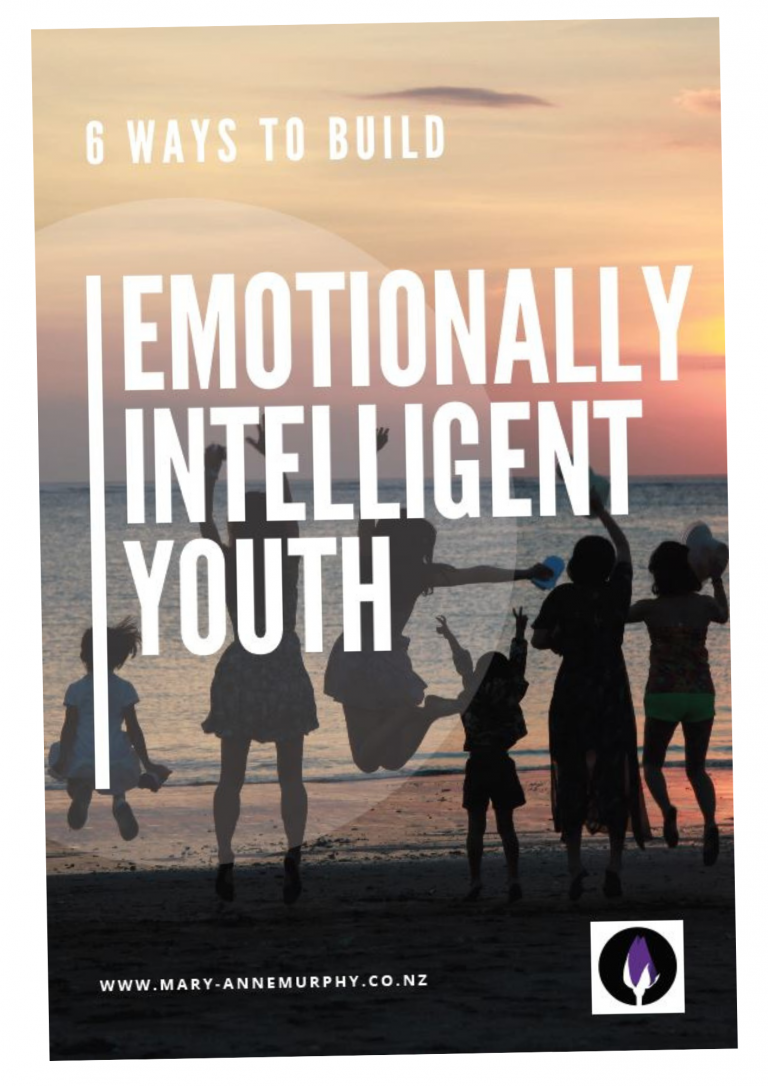I was never good at physics. The pristine logic escaped me, and it never clicked in my brain. I studied for all of Year 12 and earned a stunning 38%. Aced it!
Words are my thing. I love their interplay, derivation, the way I can sculpt them into something powerful, piece by delicious piece.
For one of my sons, it was the other way around; words were hard for him to fathom, he had a logical mind and learned through his hands. Unfortunately, the ‘system’ hindered instead of empowered him. As a mum, I fought hard to get people to hear this kōrero and to support me as I ensured that he got what he needed. I needed him to be able to learn his way.
Through this time, I was also concerned about his well-being and sense of self. If his learning needs were not being met, then what was happening to his emotional wellbeing?
Students find all sorts of outlets for their dissatisfaction with their learning environments. Some students become the ‘class clown’ to detract and distract from the learning. Some sit silently hoping to never be called on. Some bribe other students to do their homework. Some engage in negative external talk and negative self-talk. Some deal with anxiety and depression in silence. They feel helpless.
In his book, “Teaching to the North-East,” Russell Bishop speaks of the need for both reciprocal relationships and quality teaching interactions as two levers for decreasing disparity and increasing outcomes for learners.
For true learning, the learner needs to be seen. Building positive student-teacher relationships is key to keeping students engaged. Students need someone who believes in them, who helps them see their own gold, someone who will go to bat for them, who will call them on their BS (with kindness, of course), while also offering them a helping hand.
We also need to support our youth as they build healthy relationships with themselves. We need them to speak kindly to themselves, to be grounded in their values, to be self-aware, to show themselves compassion, and to show grit and adaptability.
Roshi Joan Halifax, Ph.D. calls this having a “strong back and a soft front.” She explains that having a strong back and a soft front “is about the relationship between equanimity and compassion.” She continues to say, “Having a ‘strong back’ is equanimity, resilience and your capacity to stay balanced during tough times. A ‘soft front’ is opening to things as they are.”
The world has changed drastically in the last couple of years, and our youth have to face it head on. If we ensure that their inner pou is strong, that their feet are grounded, and that their heart-space is open, they will be held in good stead.
Currently, many schools throughout Āotearoa, New Zealand, are redesigning their curriculum and joining conversations that run deeper than subject areas. They are beginning to focus on “who” their learners need to be in order to be ready for tomorrow’s world.
Schools are exploring what they think a graduate from their kura needs to embody and what tools they need as they leave for the next part of their learning and life journey. Schools are connecting with whānau, their communities, students, teachers and other stakeholders to gain an understanding of what should be in a child’s ‘kete’ as they leave.
This is exciting mahi. The process is both aspirational and grounded. It is a heart-opener, dream-creator and earth-connector. They get to dig deep, beyond labels, awards and subjects, into what makes us human. Students will leave school as engaged citizens who are ready to make a difference in their world.
It takes courage. This process requires some challenging of the status quo. It means placing the human at the heart of everything.
Ask yourself the following question: If we focus consciously on developing competencies within our youth to prepare them for their world, what would these competencies be?
Perhaps…? Or something else?

What do you think is at the Heart of the matter?
Let me know your thoughts.
MA 🙂




This is an exciting movement and one I am all for! Know thy self 🙏💜
Leave a comment